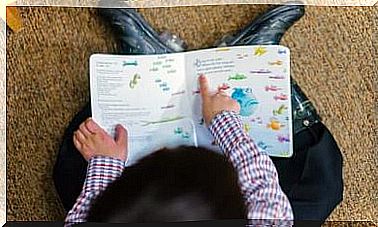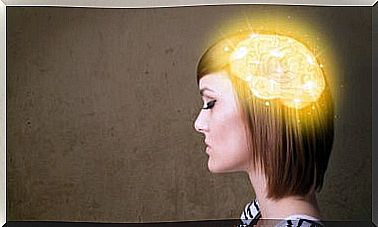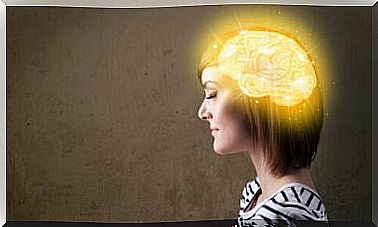Unconscious Decisions: Are They All The Product Of Our Reptilian Brain?

The three-brain theory has shaped the popular imaginary about how the brain works since the 1960s. This theory, also known as the “Triune Brain,” was proposed by physicist and neuroscientist Paul MacLean. This theory is based on an idea: in the human brain “three brains” can be identified, which would have appeared at different evolutionary moments:
- Reptilian brain (or Complex-R ). It would be the most instinctive and primitive part of the brain, located in the brainstem, diencephalon and basal ganglia. With them we would make many of the unconscious decisions aimed at satisfying our most basic needs: reproduction, domination, self-defense, fear, hunger, flight, etc. In addition, it would be in charge of automatic processes, such as respiration and heart rate.
- Paleomammal brain or limbic system : It is the part of the brain responsible for storing feelings and experiencing emotions and, according to MacLean, it is observed in both mammals and birds. For this limbic system there is only the binary: “pleasant” or “unpleasant”.
- Neo-mammalian brain or neocortex: It is the logical and rational part, as well as creative, of our brain, typical of mammals and especially developed in the human species.

The success of the theory
The main advantage of this theory is its simplicity (not to say simplicity). However, this is what caused it to be discarded from the academic field long ago. Currently, it has been relegated to disciplines that are not fully developed in the field of neuroscience, such as neuromarketing or neuroeducation.
However, this simplicity when explaining the complex workings of the brain has served to make it enormously popular, conquering the general public. The problem is that it has also allowed to perpetuate a series of erroneous ideas or neuromyths in popular knowledge and in the aforementioned disciplines.
The reptilian brain is not that reptilian
According to this theory, the brain is like an accumulation of layers that we have acquired throughout evolution as a species. However, the reality is that the brain did not evolve by further and unidirectional enhancement, as we would deduce from MacLean’s model. On the contrary, all the central circuits of the brain have been reorganized over time, causing some of them to expand and increase in complexity.
But, in addition, the evolutionary stages do not coincide with those collected by MacLean : structures similar to the ‘reptilian brain’ are seen in fish and amphibians, and the reptiles themselves have a limbic system and simplified equivalents of our neocortex.
The reptilian brain is not guilty of unconscious decisions …
If we do some research on consumption and neuromarketing on the web, we will often come across references to MacLean’s theory. From this area, the reptilian brain is considered the most important in unconscious decisions, such as consumer purchases. However, this discourse fails to attribute all unconscious decisions to the instincts of the ‘reptilian brain’, despite the fact that structures of the limbic system (such as the amygdala) also participate in them.
The reality is that, in humans, instinctual and emotional decisions are also powerfully influenced by the entire neocortex. In fact, current studies, carried out with neuroimaging techniques, have determined that most mental decisions are made by a highly distributed network of brain areas.
For example, research conducted a decade ago by neurologist John-Dylan Haynes found that our brain activity takes place up to 10 seconds before the experiment participants were aware of their own decisions. In addition, the curious thing is that most of this activity fell on the ‘rational brain’, specifically in the prefrontal and parietal cortex. That means that the decisions are not as “impulsive” or primitive as they may seem.

… not even those related to consumption
Human beings, as social animals, owe much of our evolutionary success to the fact that our cerebral cortex developed to allow us to relate to our fellow human beings, through feelings of belonging. Thus, we socialize through behavior, often unconscious, of imitation (the first requirement for empathy).
Thus, it is not our deepest motivations that lead us to choose certain products, but rather our brain has been learning by imitation, or from experience itself. However, we leave you a reflection: when we choose to go to have a coffee at a certain franchise or buy clothes in another, do we do it out of a primary instinct, such as thirst or protection from the cold? Or because of a more complex drive to belong to a ‘cool’ brand or community?









